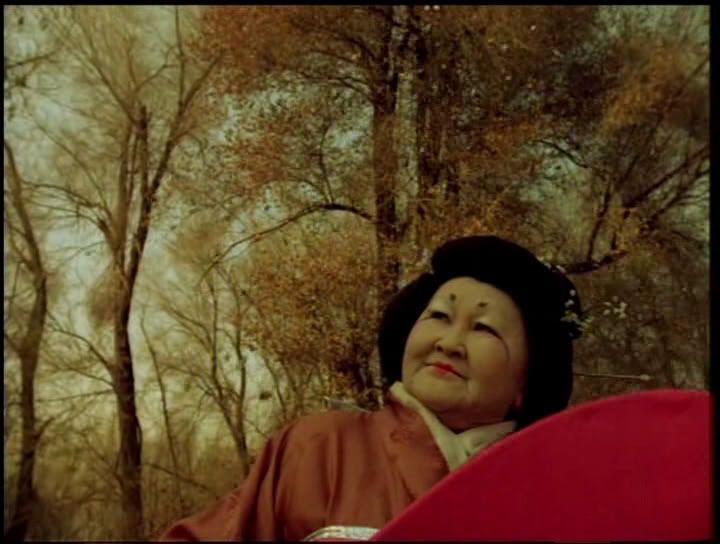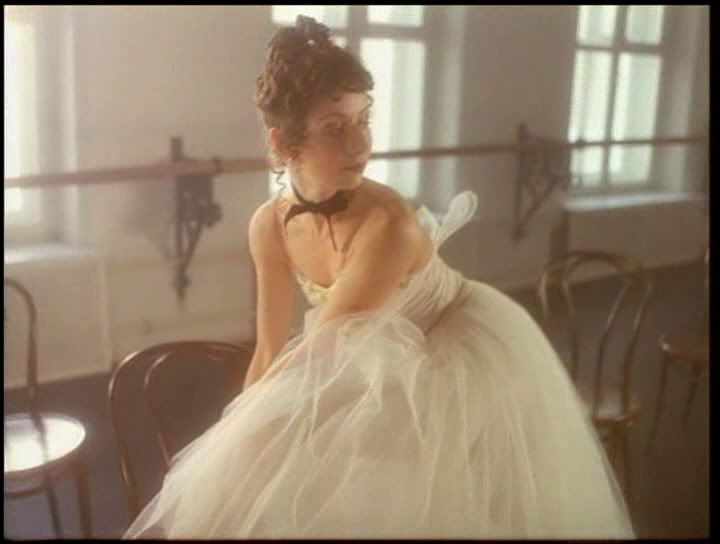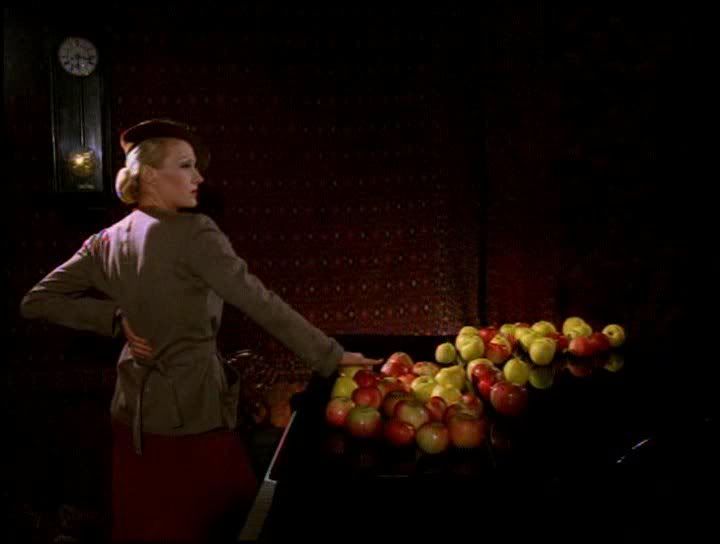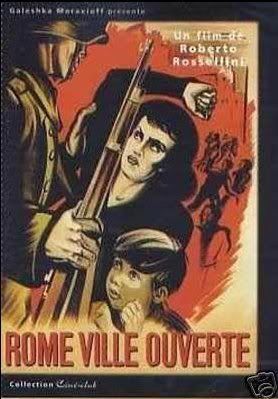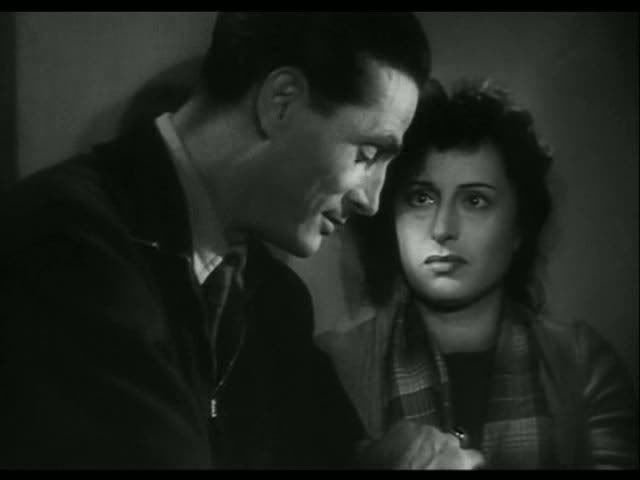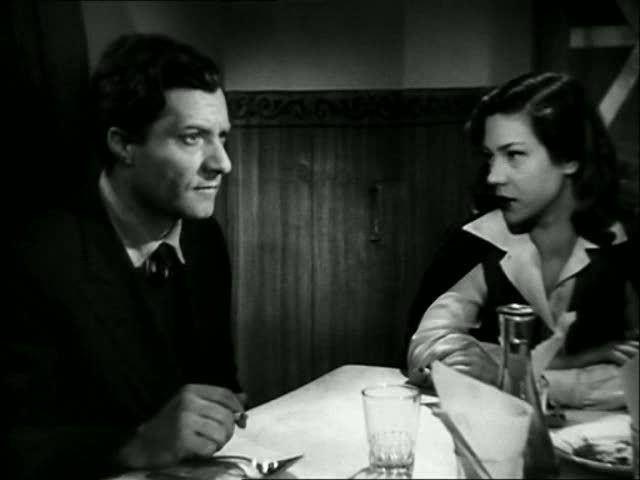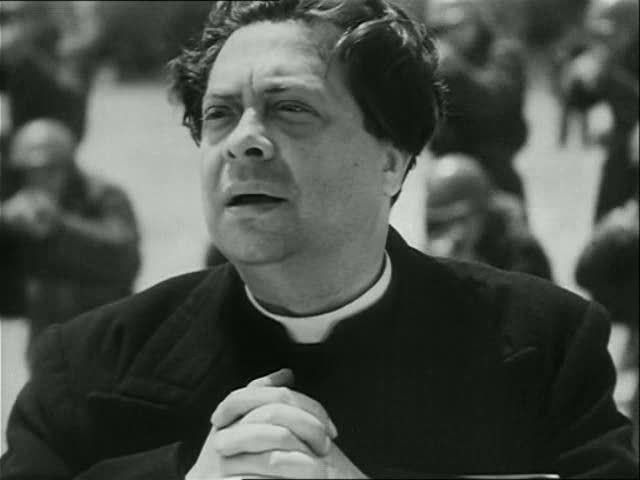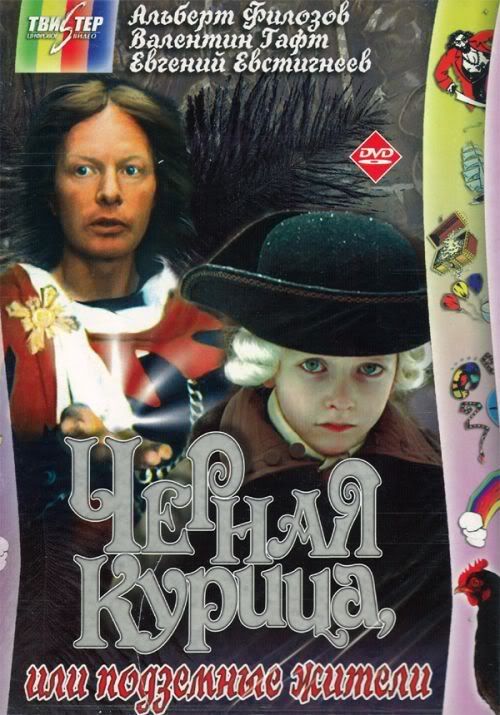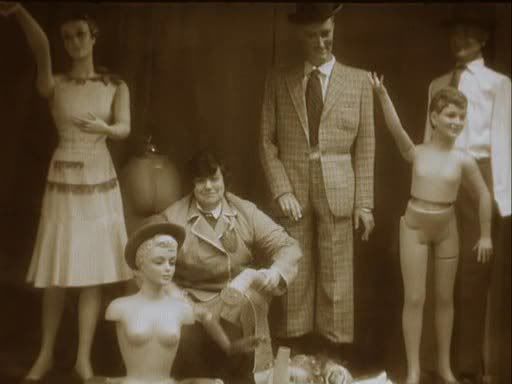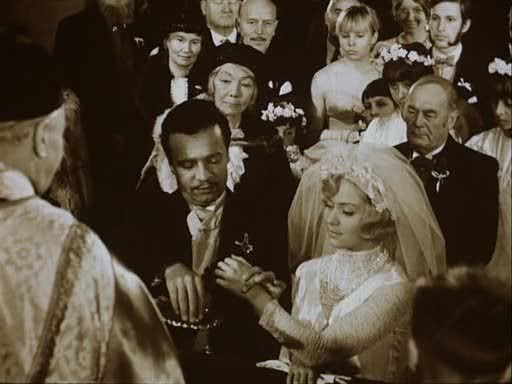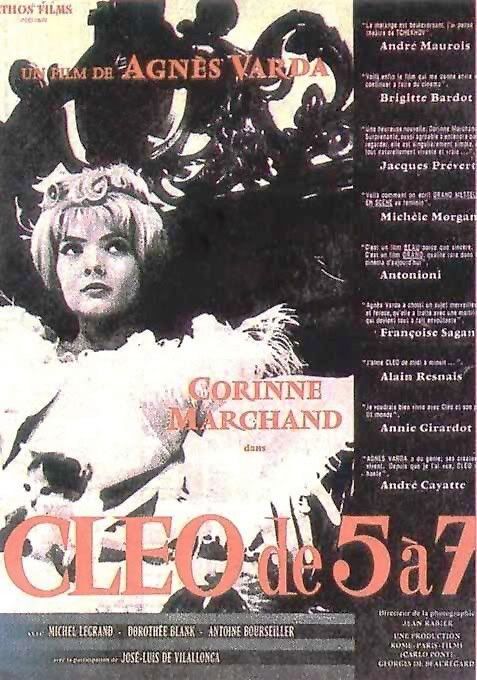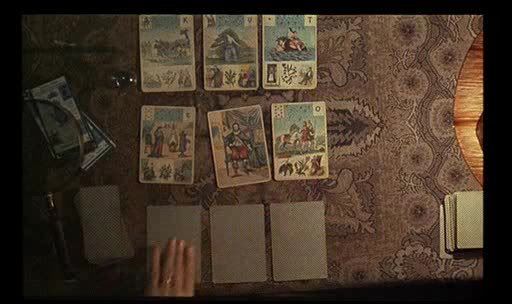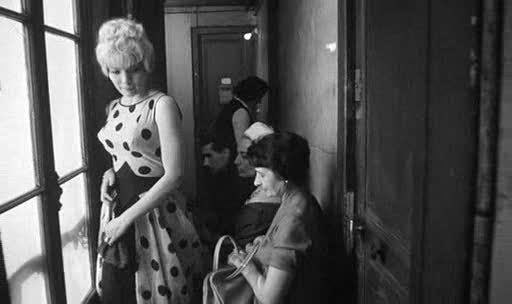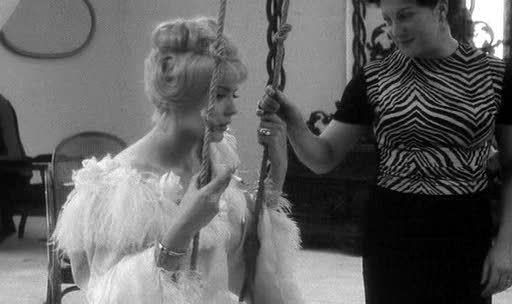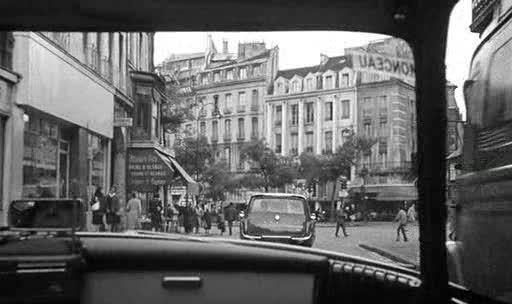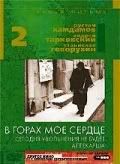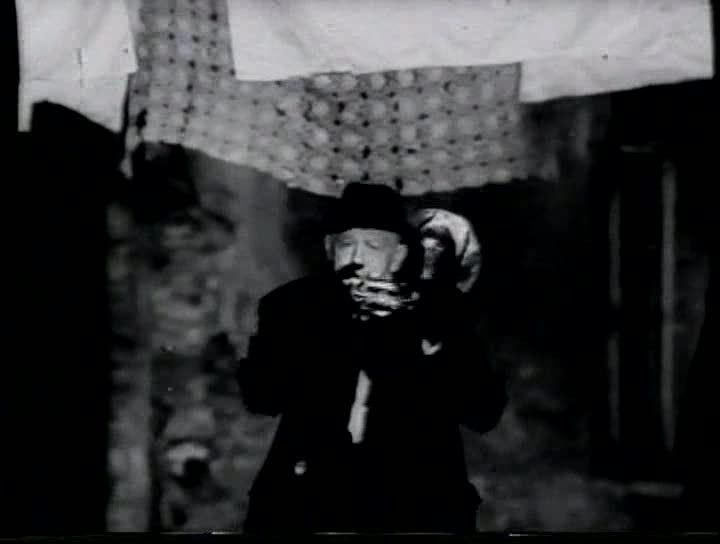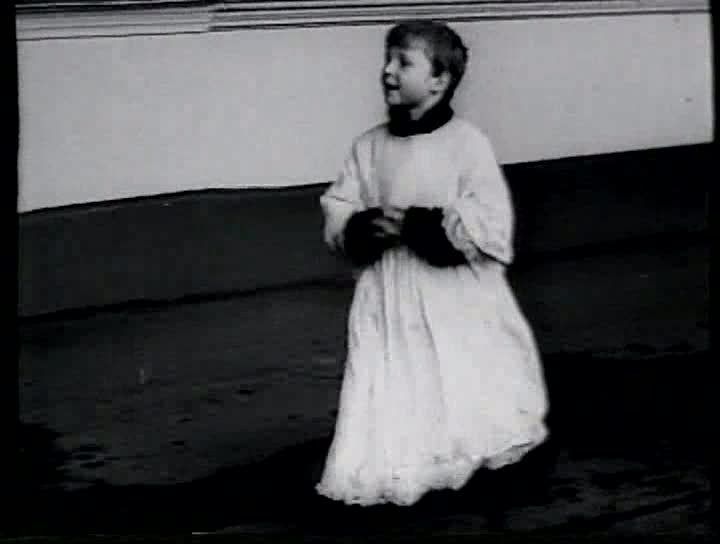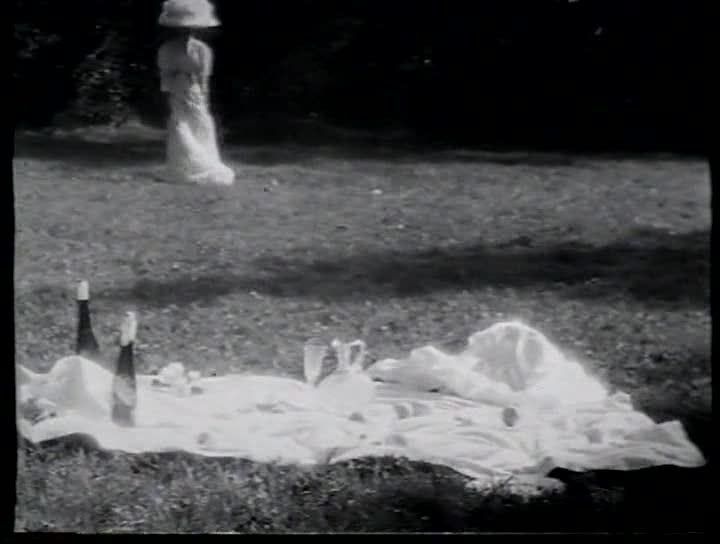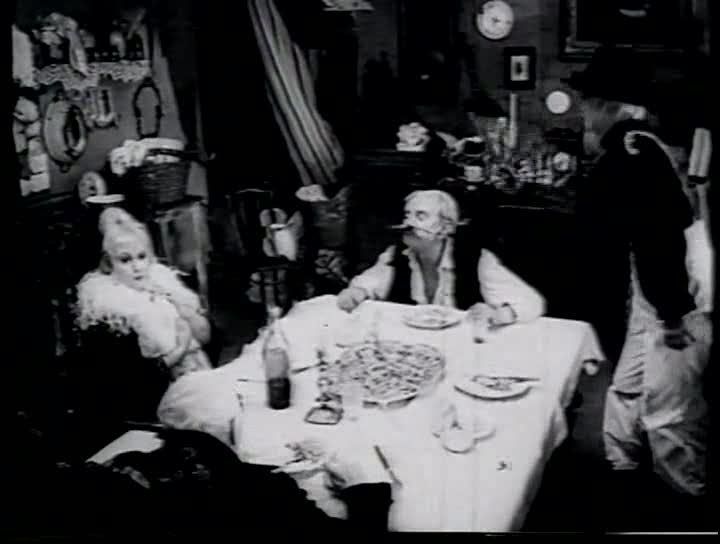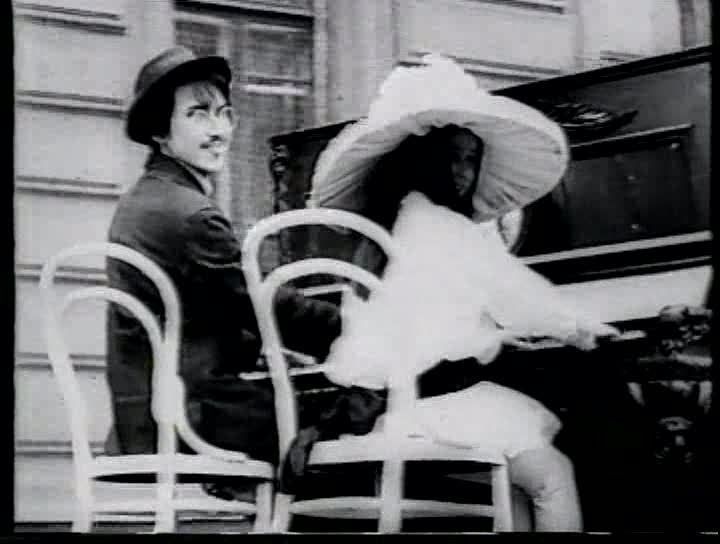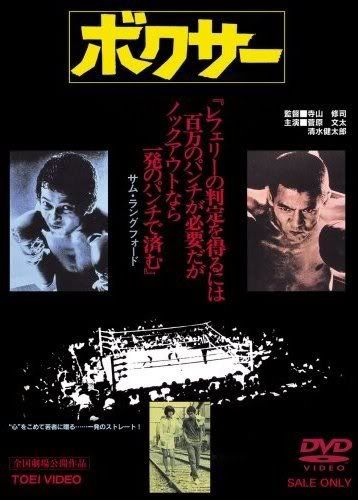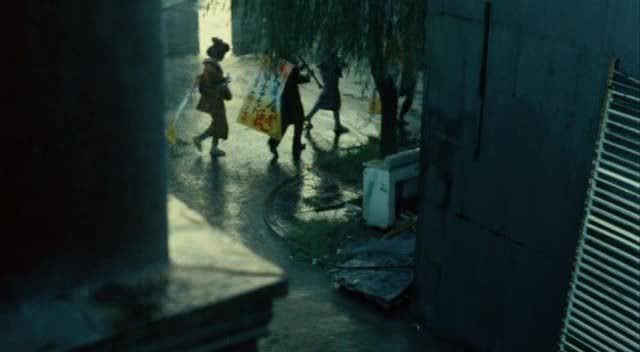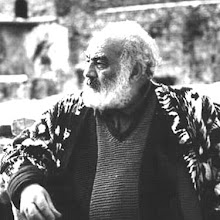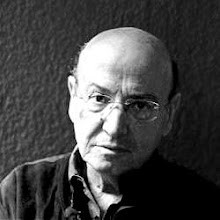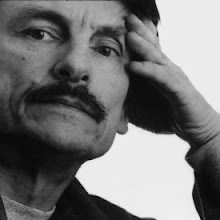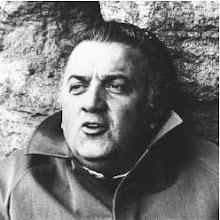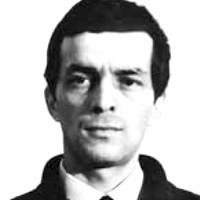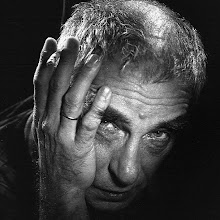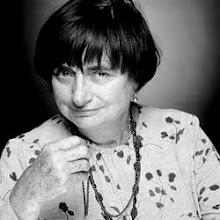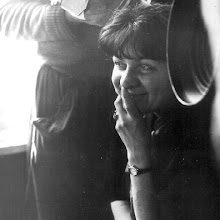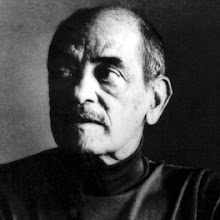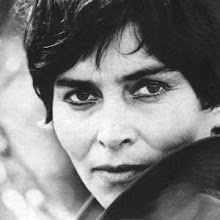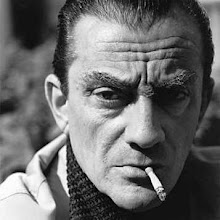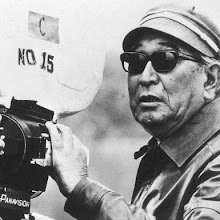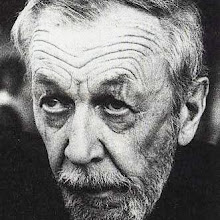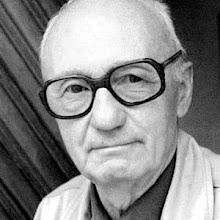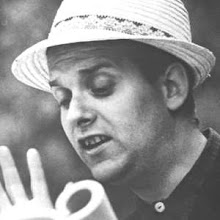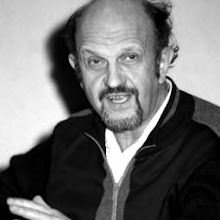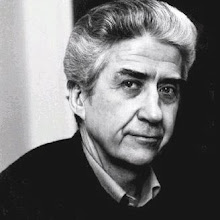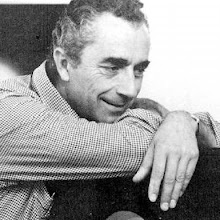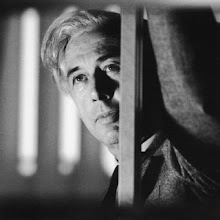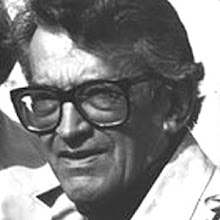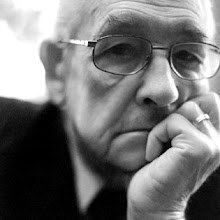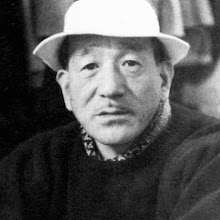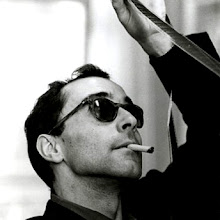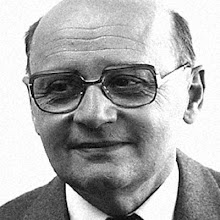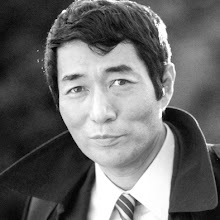
Title:
Vokaldy paralelderaka:Vocal Parallels
Director:
Rustam KhamdamovRelease Date:2005
Genre:Drama,Experimental,Fantasy
Country:Kazakhstan
Language:Kazakh
IMDb簡介。。。。。。Rustam Khamdamov is one of the most enigmatic and extravagant filmmakers to emerge from Central Asia. Championed by Fellini and Visconti, he has made only three films over his lifetime. His latest venture revives a genre highly popular in Stalin's time - the 'film-concert'. Vocal Parallels casts three Kazakh opera stars (one of them a trans-gendered counter-tenor) and an Armenian singer. They perform celebrated opera arias by Puccini, Verdi, Tchaikovsky, et al. in unexpected locations ranging from an abandoned factory to a nomad's yurt. The concert is mediated by one of the most glamorous actresses in the contemporary Russian cinema - Renata Litvinova.
Should he ever need self definition, legendary film director Rustam Khamdamov could recycle Paul Verlaine’s formulation: “I am the empire at the time of decadence.” Khamdamov’s compact cinematic oeuvre [1] has been treasured by his admirers (amongst whom are Federico Fellini and Luchino Visconti, Sergeo Paradjanov, Kira Muratova, and Andrei Konchalovskii) for qualities that may easily be called decadent: the obsessive aestheticization of all aspects of life, including the goriest; the eroticisation of the Other—the other space, the other epoch, the other sex; the eschatological quest for the ultimate, the final, the last in the series.
Khamdamov’s long-expected new film, Vocal Parallels, takes place… God knows where; somewhere amidst ruins and sheep, in obvious proximity to the end of the world. The film opens with the narrator’s declaration: “Soon nobody will remain on our planet… Tigers and lions will die… The critics and the critics of the critics will die… Civilizations will die.” This oracular claim has an ostensibly Chekhovian ring, a kind of spectacle that calls for the appearance of Nina Zarechnaia from The Seagull. And she enters: a coquettish, sublime, narcissistic, post-Soviet Venus in furs—Renata Litvinova. What is her role here?
In terms of the genre of the “film-concert,” she is supposed to be the connective tissue between musical entries—like, for example, the way the zaftig blonde of Stalin-era cinema, Liudmila Tselikovskaia, would perform this function before the bastardization of the genre in the early 1960s with the TV show The Blue Flame (Goluboi ogonek) into a chaser for the Soviet New Year’s table. In terms of Khamdamov’s aesthetic “empire,” Litvinova serves as connective tissue between the European fin de siècle and the “Decline and Fall of the Soviet Empire.” If Litvinova didn’t exist, it would be necessary for Khamdamov to invent her, since this demiurgess of new Russian film bridges the juxtaposing poles of contemporary culture. [2] A friend of Alla Pugacheva and Kira Muratova alike, author and star of blockbusters and marginal utterances of auteur cinema, glamour model and merciless intellectual, Litvinova serves at once as a symbol and a symptom of the confused world that Khamdamov re-creates in his film. Litvinova embodies an antithesis to the realm that Khamdamov denotes as the authentic, historically innocent heritage of the past.
A connoisseur of embedded narratives, Khamdamov includes in Vocal Parallels a sequence dedicated to the Saint Petersburg ballet of the beginning of the 20th century. As if through the haze and fog of time, we observe ballerinas during rehearsal, notice their mentors (Marius Petipa? Matil'da Kshesinskaia?), circle between the mirrors and frozen windows. The camera hesitantly caresses the ascetic lines of the dancers’ bodies, touches the wrinkles of the wavy silk clothes of the visitors, and freezes on the faces. Paradoxically, in the course of the film we are to understand that the Caliban-like empire that gobbled ballerinas in 1917 turned out to be as fragile and ghostly as they.
In a decisively un-Khamdamovian fashion, let us consider moving from form to content in order to understand what kind of story this film tells. And is there one? According to Leslie Felperin, the Variety observer, “Pic has no proper plot, although there are characters of sorts.” In the “improper” plot, though, “the characters of sorts”―several retired Soviet opera divas played by the real life retired Soviet opera divas Roza Dzhamanova, Araksiia Davtian, Bibigul' Tulegenova, and the star of Roman Viktiuk’s M Butterfly, Erik Salim-Meriuert (Kurmangaliev)―uncover an old piano from debris, engage Litvinova as their mistress of ceremonies, and their show goes on.
The choice of operas represented in the film is complex, didactic, and ironic: Glinka’s Ivan Susanin, Puccini’s Madame Butterfly and Tosca, Schumann’s Life and Love of a Woman, Verdi’s La Traviata. All of the arias are performed in Russian, as they were in Soviet times, and, in a way, constitute a cultural reader of the Soviet interrelationships with the Gesamtkunstwerk. Or, more precisely, Khamdamov chooses arias that illustrate the grandeur of the impossible, yet mesmerizing, empire in an attempt to elucidate the reasons for its crash. Or, more perversely, the choice of arias can be understood as Khamdamov’s gendered commentary about the fateful attraction to power.
Ivan Susanin retains its status as the central musical text of Russian imperial identity and embodies the temptations of state power, an operatic analogue to the Kremlin itself. The empire, whose heroes gladly die for its values amidst wolves and threatening Poles in the course of a tear-jerking aria, obviously deserves its vast colonizing ambitions. Such an empire needs an “Oriens Lux,” a light from the East, which is somewhat paradoxical since, according to some accounts, the empire itself belongs to the East. Welcome, Cio Cio San, Madame Butterfly. Khamdamov could not have overlooked this opera: of Uzbek origin, the director has inserted oriental motifs in all of his films. Beautiful women in beautiful clothes speak beautiful but absolutely impenetrable languages and walk through his films as if paying no attention to the puzzled audience.
In Khamdamov’s latest film, however, we are at last allowed to enter their space. Vocal Parallels was shot in Kazakhstan, the land to which the film pays homage, with its snow-covered mountains; the language of the narrative; and the strange sensation of freedom, desolation, and spaciousness produced by the vacillating image of this ancient country. But it would be very wrong to say that Khamdamov’s film takes place in Kazakhstan or is about it! The space of Vocal Parallels is an imaginary locale of lost memories and ambitions: it is exactly such a place that should be mourned and sung about by Madame Butterfly. The Spirit of the East, evasive and fascinating, is tightly interwoven in this film with the Spirit of the Eternal Feminine. The Romantic heroines of Verdi, Schumann, and Puccini, all sing about the impossibility of harmony and transcendence; they reach their hands and voices out into the emptiness, where intersection OR meeting is, naturally, impossible and everything remains parallel.
Why is the aesthetic quest for happiness hopeless? Renata Litvinova’s heroine claims to know the answer. She plays Omniscience itself in the film, commenting on the arias with wise and absurd aphorisms. Litvinova co-authored the script and dialogues with Khamdamov, and their sui generic text is irresistible, especially the fragment about the peculiarities of jealousy in the world of art: “One soprano always hates another soprano…”
Notably, this was Khamdamov’s own answer to a journalist, who asked the director for his opinion about the reasons for the film’s difficult fate. The project was launched in 1996. True to form, the production soon ran out of money and the project was re-launched only five years ago when the generous Kazakh company Gala TV decided to sponsor Khamdamov’s work. Since its premiere at the Kinotavr festival in June 2005, the film has been included in the programs of several prestigious festivals (including the Venice International Film Festival and the Eurasia-2005 Festival in Almaty), but the reaction of critics and colleagues was predictably ambivalent and contradictory. It is not entirely clear whether or when this enticing film will become available to wide audiences. One has to pay dearly for aspiring to create beauty for beauty’s sake. “One soprano always hates another soprano,” and Khamdamov is doomed to occupy in post-Soviet cinema the niche of a cult director, semi-accessible in more senses than one.
我的碎碎唸。。。。。。推薦指數:8.2/10
這是Rustam Khamdamov最近的一部電影,拍攝于2005年哈薩克斯坦。Rustam Khamdamov的作品很少,這是第四部。但是每一個作品都可以說是高水品的超現實主義盛宴。這部Vokaldy paralelder可以稱作是音樂劇電影(絕不是歌舞片),Rustam請來三位哈薩克斯坦的歌劇女演員以及一位亞美尼亞的歌手,她們在影片中表演了普契尼、威爾第、柴可伕斯基等音樂家的著名歌劇選段。影片就如同歌劇一樣分爲若干個段落,中間由一個關鍵人物銜接——當今俄羅斯影壇非常著名的美麗女演員Renata Litvinova,令人讚嘆的是她同時也是這部電影的編劇。這些段落的場景由廢舊工廠到牧民的帳篷、由古老的木屋到芭蕾排練室,不斷地轉換,配合著歌唱,也不斷地創造著超現實主義詩篇。攝人心魄的音樂唱段與華麗絢爛的電影畫面結合,令這部電影平行的篇章充滿了詩意。
